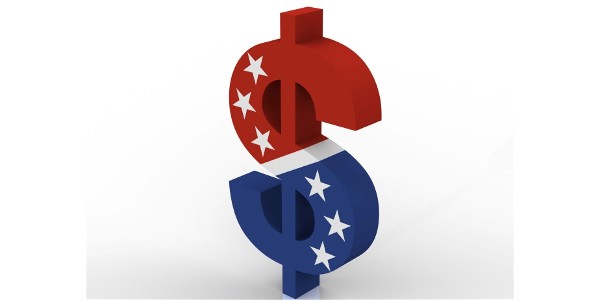
Rossum, a provider of intelligent document processing, has released a new report detailing how and where U.S. political candidates have spent their media dollars during the 2024 campaign season.
Using its Rossum Aurora AI to track the vast volume of FCC paperwork required for candidates to disclose spending on media, Rossum said its Political Advertising Spending Monitor showcases the media strategies employed by each candidate during the past six months to either solidify or overturn projected election results, highlighting their focus on securing electoral votes in crucial swing states like Pennsylvania, Michigan, and Wisconsin.
According to Rossum’s data, Republican candidates spend the majority of their political advertising budget on major networks ABC, CBS, and NBC, with broadcasters getting the largest share of political ad spending with an estimate of $62.7 million spent during the past six months so far. Republican Presidential Candidate Nikki Haley is the top spender.
The monitor exclusively tracks direct candidates' spending, excluding formally unaffiliated SuperPAC expenditures. This approach yields a more precise figure compared to sources relying on estimates and forecasts, Rossum said.
The company said its data is intended solely for informational and educational purposes. Rossum maintains no direct or indirect affiliations with any of the US presidential candidates. Our platform processes transactional documents precisely as they are publicly available on the official FCC website, with no alterations or modifications.
“AI isn't just a fancy accessory; it can be a force for transparency, ensuring that information empowers the public and levels the playing field in the democratic process," said Petr Baudis, Rossum's CTO. "Building Rossum Aurora, we adhered to a guiding principle: our AI must be trustworthy, controllable, and deliver impact. We hope that this project leads stakeholders to discuss the positive impact of AI in society more than the negative.”
Rossum says its monitor is continuously updated in real time, allowing stakeholders to track and analyze the evolving landscape of political advertising expenditures.
“As part of our commitment to transparency, we will continue to share these insights with the general public, enabling a better understanding of the dynamics shaping the political advertising space as we approach the elections,” the company said.







